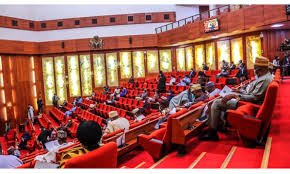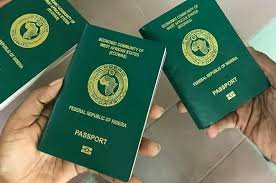By Mike Abbah
Nigeria’s money supply contracted for the first time in 2025, dropping to N110.32 trillion in February from N110.94 trillion in January.
The 0.56% decline comes amid continued liquidity management by the Central Bank of Nigeria (CBN), following earlier signs of monetary tightening and exchange rate adjustments.
The figure, however, still reflects a significant 15.45% increase year-on-year compared to the N95.56 trillion recorded in February 2024.
This indicates that despite the recent slowdown, Nigeria’s monetary base has expanded considerably over the past 12 months.
M3, which includes both net foreign assets (NFA) and net domestic assets (NDA), provides a holistic picture of Nigeria’s monetary dynamics. The movement in February reflects changes in both foreign reserves and domestic credit flows.
A closer look at the components of M3 shows that net foreign assets fell sharply by 8.62% in February to N32.34 trillion, down from N35.39 trillion in January.
This decline of over N3 trillion is likely a reflection of reduced external reserves or increased FX interventions by the CBN aimed at stabilising the naira.
On the other hand, net domestic assets rose to N77.97 trillion in February from N75.55 trillion in January, representing a 3.21% increase month-on-month. This suggests sustained credit expansion within the domestic economy, particularly from government and private sector lending.
However, compared to February 2024, net foreign assets rose significantly from just N7.41 trillion—a jump of over 337%. This highlights the impact of exchange rate liberalisation and increased foreign inflows over the past year.



























